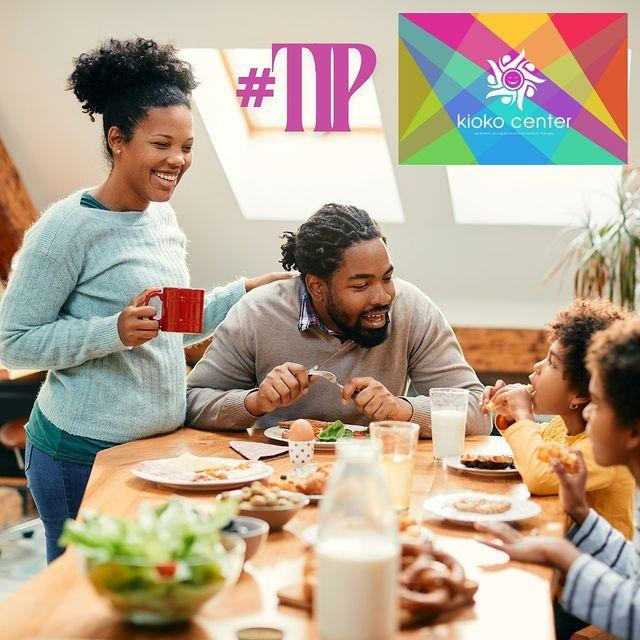An evaluation is the start of a therapeutic relationship. It is an opportunity to gather data, observe, and use critical thinking skills. Standardized assessments provide data for qualifying children for services. They can also establish a baseline for creating goals and designing a remediation plan. Selecting an appropriate motor assessment for your client will ensure that the child can engage and that you collect the information you need. Considerations when choosing an evaluation should include the child’s age, referral reason, test length, types of activities included as testing tasks, and what the test is measuring. A description of four motor assessments commonly used by both OTs and PTs are described below.
Bruininks-Oseretsy Test of Motor Proficiency
It is also known as the BOT-2, this tool is widely used by occupational and physical therapists. Fine motor categories include fine motor precision, fine motor integration, manual dexterity, and upper-limb coordination. Bilateral coordination, balance, running speed/agility, and strength subtests make up the gross motor portion of the test. Tasks vary from dribbling a tennis ball to coloring in shapes, performing jumping jacks, and cutting out a circle. An abbreviated short form provides a brief overview of motor functioning. BOT-II is appropriate for children ages 4-21 years.
Peabody Developmental Motor Scales
The PDMS-2 is standardized for children from birth to age six. This evaluation is a basal and ceiling evaluation, so you only need to test skills that are appropriate for the child’s age level. When the child is unable to complete three consecutive tasks successfully, that category is discontinued. For the youngest population, tasks will include aligning their head, pulling to sit, propping on forearms, and tracking a rattle. Older children will stack blocks, lace beads, kick a ball, balance on one foot, and more. Subtests include reflexes, sustained control, locomotion, object manipulation, grasping, and visual-motor integration.





